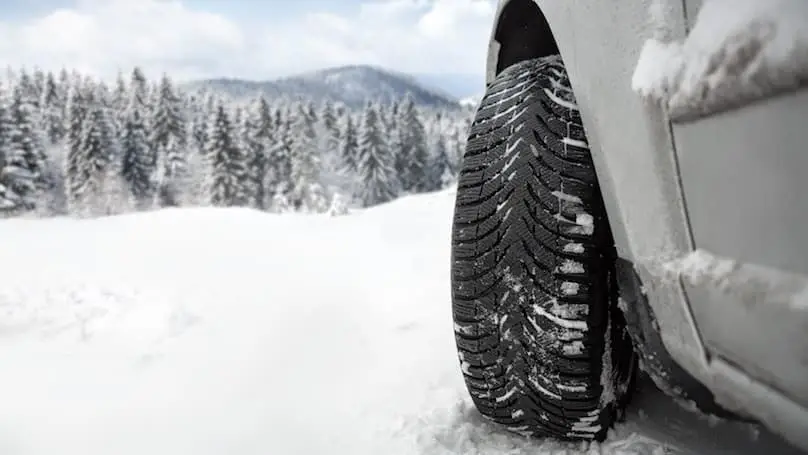
Recently, a local call-in radio show posed the question “Should winter tires be mandatory?” While we understand there are always demands on your hard-earned money, we are unequivocally for anything that keeps drivers, passengers, and pedestrians as safe as possible. When it comes to reducing risk, let’s look at some winter driving statistics:
Winter Driving Stats
According to the 2015 Statistics Canada report on Canadian Motor Vehicle Traffic Collision Statistics, just over 5 people are killed every day in car accidents nationwide. This daily average often increases considerably in the spring and summer months before dropping again once Old Man Winter sets in. Seems counter-intuitive, doesn’t it?
Simply put, snow, ice and freezing temperatures create slippery and treacherous driving conditions and common sense would say that accident rates should increase given these less than ideal conditions. However, the opposite is true. More often than not, winter conditions cause people to drive less often, causing an overall decrease in accident rates and fatalities. The same 2015 report shows a downward trend for serious injuries, dropping to 10,280 in 2015; down 1.1% from 2014.
Perhaps it’s no coincidence that accidents & fatalities drop in the winter months when you compound Canadian’s growing acceptance to equip their vehicles with proper winter tires. In 2008, Quebec enacted a mandatory winter tire law. At the time 90% of Quebec drivers were using winter tires, with 10% using all-seasons or worse. Just one year after this was enforced, Quebec saw a 5% net decrease in accident victims or 597 people were spared injury or worse.
Consider that a properly equipped vehicle will stop 30% shorter in icy conditions, and can accelerate to a distance of 60m in 25% less time than it would with all-season tires. These numbers might not sound like much, but they are significant. Just a 5km/h increase in speed can generate an extra 14 tonnes of impact force upon crashing into a solid object. Source: Wheels.ca
Helping you protect the things that matter most to you, is what matters most to us.
We recommend nothing less than $1,000,000 Liability Coverage on all our policies, compared to our province’s minimum requirement of $200,000. Our liability coverage protects you from having to pay for bodily injury or death of any person, as well as damage to property if you are at fault.
Wondering where you stand? Drop us a line and we’d be happy to assist you in making sure you’re covered.






